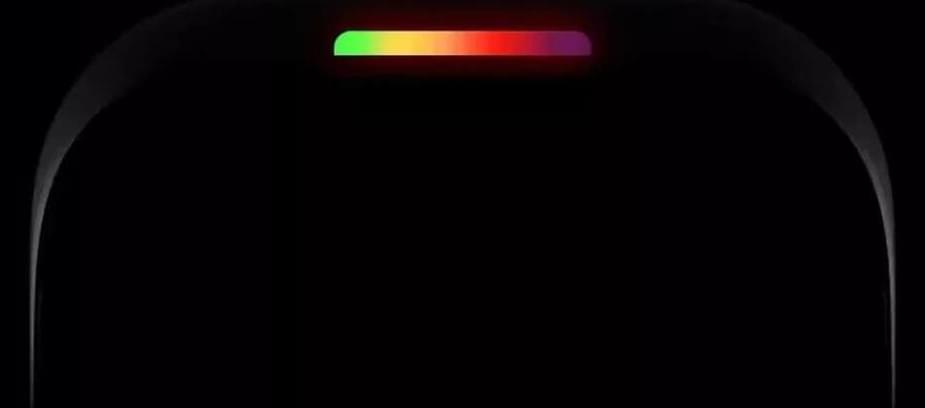Accelerating Effective Treatments To Prevent And Reverse Human Age-Related Disease — Dr. Aubrey de Grey, Ph.D. — President & Chief Science Officer, Longevity Escape Velocity Foundation (LEVF)
Dr. Aubrey de Grey, Ph.D., is President & Chief Science Officer of the Longevity Escape Velocity (LEV) Foundation (https://www.levf.org/), an organization focused on proactively identifying and addressing the most challenging obstacles on the path to the widespread availability of genuinely effective treatments to prevent and reverse human age-related disease.
Dr. de Grey is internationally recognized as a visionary biomedical gerontologist who devised the Strategies for Engineered Negligible Senescence: a comprehensive set of methods to rejuvenate the human body, thereby preventing age-related ill health and mortality. He has co-founded multiple non-profit organizations – including Methuselah Foundation, SENS Research Foundation, and now LEV Foundation – to specifically enable and accelerate its development and clinical translation.
Dr. de Grey received his BA in Computer Science and Ph.D. in Biology from the University of Cambridge in 1985 and 2000, respectively. He is the author of The Mitochondrial Free Radical Theory of Aging (1999), Ending Aging (2007), and a large number of academic papers.
Dr. de Grey is a Fellow of both the Gerontological Society of America and the American Aging Association, and sits on the advisory boards of numerous scientific journals and research organizations. He is a prolific speaker who regularly presents at conferences and events world-wide.






